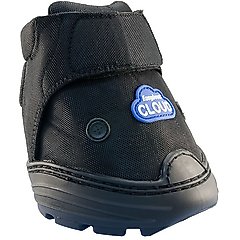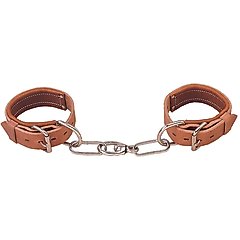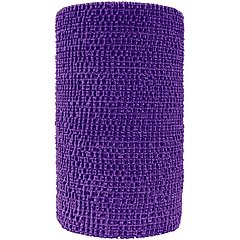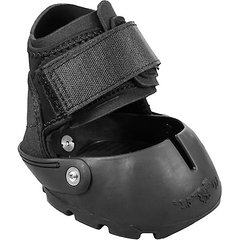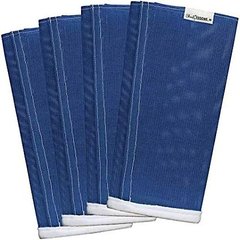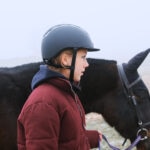Your Complete Guide To Equestrian Camping
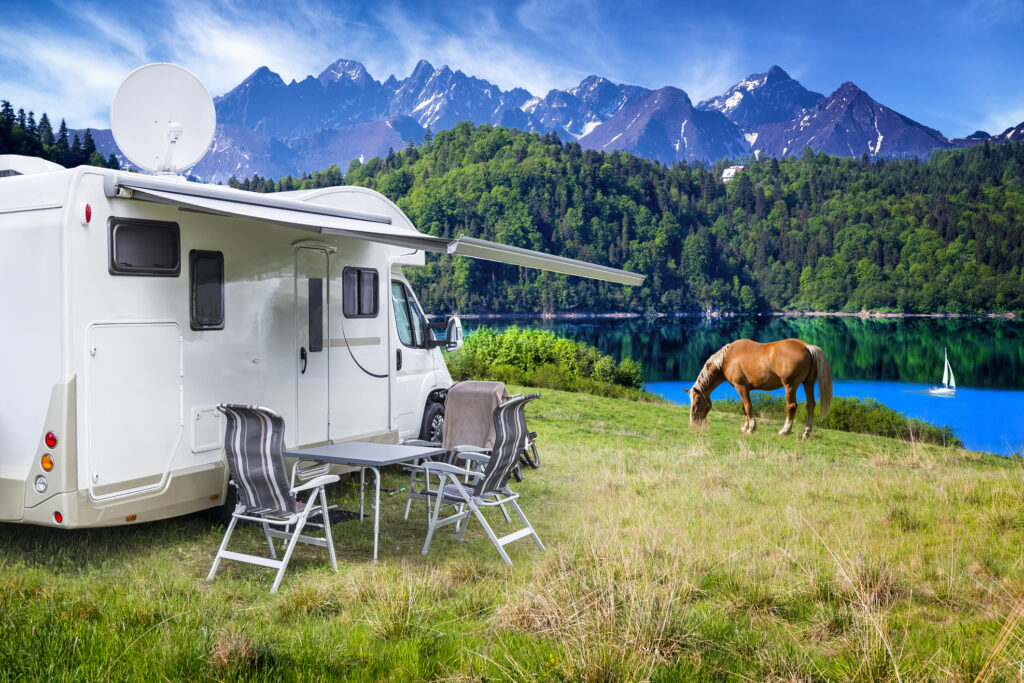
Photo by ewg3D/E+ via Getty Images
Riding all day in beautiful scenery, settling in for the night beside a crackling campfire, and waking up in the morning to saddle up for another day of trail riding is an incredible experience. But equestrian camping requires preparation, and we’ve gathered tips to help you get ready.
What Is Equestrian Camping?
Horse camping is trail riding with your horse while packing supplies to eat, sleep, and relax along the way.
During an equine camping trip, many riders enjoy photography, fishing, reading near scenic locations, wildlife spotting, and swimming.
Horseback camping is appealing because of the interaction between the horse and the rider, says Ron Lineberger, owner and outfitter at Butte Creek Outfitters in Cody, Wyoming. After all, you’re basically living right next to your horse! Having a horse as transportation is a bonus.
“The amount of distance you can cover in a day, as opposed to backpacking, and the convenience of having a pack animal to carry all your camping gear is attractive,” Lineberger says.
How To Find an Equine Campground
Once you’ve selected a trail, state park, or national park where you want to ride, you need to plan where you will camp along your route.
Dewy Matthews owns Anchor D Guiding & Outfitting Ltd. in Alberta, Canada. He says your campsite should be located between the path you just traveled and where you turn your horses out to graze.
You’ll also want to consider the following when scouting out the best campground for you and your horse:
Food and Water
The ideal equestrian campground must include feed and water.
“Look for large meadows with plenty of grass to keep your horse from going back to the trail head,” Lineberger says. Also, ensure your horse has access to fresh water. “As long as the horse is well-fed and well-watered, he’s generally going to hang around camp.”
Shelter and Fuel
Campsites for horseback camping also need shelter and fuel.
“For a camping site in the wilderness, you want to look for firewood and a windbreak for the horses and your camp,” Lineberger says.
Avoid terrain that is steep or lacking adequate grazing at your campsite. Steer clear of areas that have been burned in fires or where trees have been eaten by mountain pine beetles.
“In those situations, the wind can cause trees to come crashing down, so you don’t want to camp right in the middle of a bunch of dead trees or a bunch of beetle-killed trees,” Lineberger says.
Areas for Swimming
To go swimming with your horse while horse camping, look for a pond, lake, or river that is not so deep that your horse’s ears could go under. Matthews says this could disorient the horse.
“If you’re swimming for the first time, look for a good, solid bottom, and then decide how far out you want to go,” Matthews says.
Prepping for Horse Camping
Before hitting the road for your camping adventure, take some time to make sure you and your horse are prepared.
Make Sure Your Horse is Healthy
In the United States, whenever you cross state lines, you need a Certificate of Veterinary Inspection, as well as a negative Coggins test and possibly proof of vaccinations or brand inspection, depending on the state you’re visiting.
Your horse should be dewormed and vaccinated on a regular schedule as recommended by your veterinarian. Vaccinate against diseases that may be present in the area where you’ll be traveling.
Ready Your Horse’s Feet
As always, have your horseshoer trim and shoe your horse regularly. Lineberger keeps his horses on an eight-week schedule.
“Especially in the wilderness, you never want to go into the deep backcountry when your horse has loose shoes or needs to be reshod,” Lineberger says.
“And if you’re smart, if you’re going on an extended trip, carry an Easyboot or two. If your horse does throw a shoe on the trail, you can get him back home without his hoof breaking up,” he adds.
Recommended Product
Train Your Horse for a Camping Adventure
Your horse needs to be fit and conditioned to be able to handle not only the physical exertion of being ridden all day, but also a higher altitude and different terrain. Keep in mind your horse may be carrying more weight than usual with supplies in tow.
Lineberger says the more you ride your horse before you hit strenuous terrain, the better off you’ll be. Your horse should be well legged-up to go for a trail ride without getting sore.
If you’re riding your own horse versus going with an outfit that supplies horses, Lineberger suggests choosing less rough terrain.
“Research where you want to go, and make sure it’s not extremely steep and difficult, treacherous country,” Lineberger says. “Try to stick to the river bottoms and flatter areas versus the more arduous trips.”
Hobble Your Horse
Most horses on the trail are hobble broke. This means the horse accepts being hobbled—having its front legs secured to each other with hobbles to restrict movement instead of being tied with a halter and lead rope to an object.
Recommended Product
In the backcountry, Lineberger says folks will often hobble their horses, put a bell on them, and leave them out during daylight hours.
At night, campers will “highline” the horses by stretching a rope from tree to tree, or from object to object, and tie the horse’s halter to the line for the night.
Recommended Product
“Have your horse be used to that type of tying up,” Lineberger says. “Most horses are used to being tied to something solid, but a highline rope will always give when they pull on it.”
Horse Camping Checklist
Here’s what you’ll need when camping with your horse:
- First aid kit, including bandaging for cuts, blood stop, Bute for pain, Banamine for colic, and topical medicines
Recommended Products
Recommended Product
- Fly prevention methods such as fly sheets, fly masks, and fly boots
Recommended Products
Safety Tips for Keeping Horses at the Campsite
Follow these tips to ensure your horse camping experience is safe and secure:
- Consider where to put your horse’s manure. U.S. Forest Service regulations require you to spread the manure from piles out within 50 yards of your campsite.
- Plan for how you’ll secure your horses: hobbling, picket line, highline or other methods. You may only need to hobble some of the horses, and their herd mates will stay close.
- Keep your horse warm. For example, if you’re camping in the mountains, such as the northern Rocky Mountain area, it’ll get cold at night, so you’ll need a fire. Lineberger’s clients stay in established camps, which have a fire area, and a bear box or a place to store your food that bears can’t open.
- Research your route on the U.S. Forest Service public fire information websites to make sure you’re not in the path of any fires.
- Familiarize yourself with any poisonous plants or noxious weeds that could be harmful to your horse. Go to your Bureau of Land Management (BLM) local office to see if your location is included and talk with the BLM agents to choose the safest camping spot.
Horse camping offers the opportunity for adventure with your favorite equine partner. With a little preparation, you’ll be ready to set off down the trail to discover nature’s beauty.
